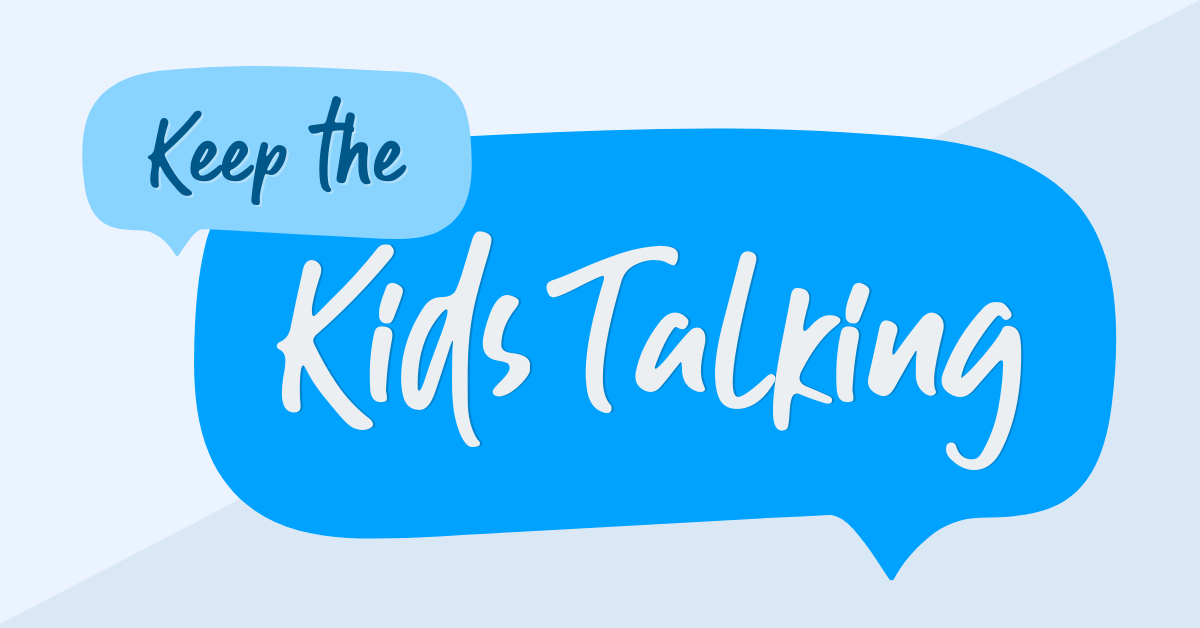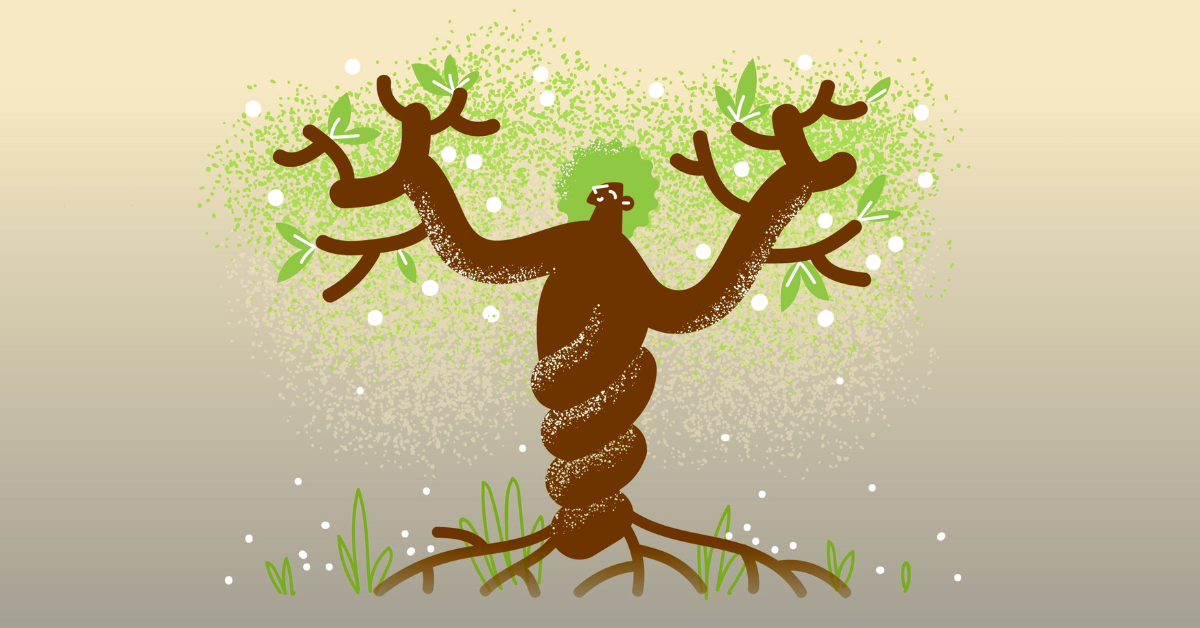|
Four ways to cultivate student connections through stories, personalities, and interests.
It’s the first few weeks of school. New students are entering our school’s hallways and sitting in our classrooms. Fresh paper, pencils, and (hopefully) charged computers are perched on desks. Awkward glances and shuffling feet and uncertain pauses fill the air. As teachers, we are faced with this challenge: how do we begin to build a learning community in our classroom, one that invites trusting dialogue and encourages intellectual curiosity?
I often received one, seemingly simple answer: “find a good icebreaker.” An icebreaker is an activity or engagement task designed to get people talking and learning about one another — in other words, a task to “break the ice” of social awkwardness. A fellow teacher in my school swore by “Would You Rather?” as the icebreaker that had withstood the test of time, asking students to answer a series of extreme either-or questions like, “Would you rather fight a bear or a shark, and why?” I don’t think there’s one best icebreaker for all students or for all teachers. It’s difficult to know definitively what will resonate with your particular students. With that said, I knew that it was possible to find an icebreaker that invited students to get to know each other in a meaningful, personal way. Below you’ll find four activities that will help you “break the ice” with your new students and begin creating genuine connections within your classroom community.
The Neighborhood Map
Discovering & Writing About a Memory This first activity, invites students to make a memory map of their childhood bedroom, apartment, house, or neighborhood. Then, it asks students to look for stories they can share, inspired by places marked on their map. The memory map was developed by Stephen Dunning in the early 1970s and later articulated in his book Getting the Knack (1992). His workshops led to other educators across the country creating various versions of this practice, including by members of the South Coast California Writing Project. Ask students to draw a birds-eye view map, then “walk” a partner or small group through descriptions of the places on their maps. After doing so, students number and label these “story places” on their maps and choose one story to write about further. Students are invited to share their written story in a partnership or in a small group. For younger students, I encourage using some sentence starters to scaffold the sharing process, such as “This place stays in my mind because…” or “The important thing about this story is…” A possible set of directions are included here and here, but I encourage you to develop directions that will work best for you and for your students. For those who may not feel comfortable drawing their own memory map, perhaps imaginative or fictional map drawing could accomplish a similar goal of learning about your students. If writing is a central component of your classroom, consider transforming this activity into a writing benchmark for your students at the beginning of the year to gain insight into their writing abilities. This activity can work in an elementary, middle, high school, college, or even adult-education setting, and is especially inclusive for English language learning students, given the opportunity to tell stories through drawn visuals.
The Cultural Tree
Getting to Know Yourself and Your Students In this activity, students are asked to create a “cultural tree” that represents their culture. Originally envisioned as part of Zaretta Hammond’s work in Culturally Responsive Teaching & the Brain, the drawing of cultural trees asks students to identify three levels of their culture: surface level — aspects of culture you can see like food and dress, shallow culture — aspects less explicit, like concepts of eye contact and personal space, and deep culture — unconscious beliefs and norms like concepts of fairness and spirituality. My colleague at CPET, Lauren Midgette, has used Hammond’s work to write and to reflect on the possibilities it has for getting to know students, but also ourselves, better in the classroom this school year. Midgette makes the point that the drawing of cultural trees — and the discussions inspired by them — provides a healthy soil to help our students grow. Each level of culture — surface, shallow, and deep — is visualized on the tree as leaves, trunk, and roots, respectively. For younger students, I don’t think the framing of the tree as “cultural” is necessary for the activity to be an effective tool for discussion. Students could certainly label a tree with aspects of who they are that are surface (easily seen by others), shallow (not as easily seen), or deep (entirely unseen).
Telling a Story Through An Object
This third activity requires slightly more teacher preparation than the first two, but is one that I have found particularly effective with students of all ages. I created the directions to facilitate this activity — linked here, but the premise was inspired by fellow educators: objects, even the most simple ones, are imbued with our stories. First, find an ordinary cardboard box. Label it “mystery box.” Next, fix it with a bunch of objects — they can be commonplace things like birthday candles, hair ties, or chewing gum — or more particular objects, like sports paraphernalia or local fruits and vegetables. Lastly, close it and place it in a very visible place in the classroom and say nothing about it to your students until you begin class. Explain to students that inside the box are a bunch of objects that you will pull out one at a time. As soon as students see an object that reminds them of a story, memory, or experience, encourage them to start writing that story. The final thing that I pull out of the box is a slip of paper that says, “the object that you were hoping I was going to pull out.” It’s a catch-all invitation for students to write about an object close to their heart that you may not have been able to acquire. Invite students to share their stories with one another after they have written them. In my facilitation of this activity, I found that students often worried that their story wouldn’t be “good” or “significant” enough. I explicitly invite ordinary stories from students, which have never been “ordinary,” but rather extraordinary insights into the students and their backgrounds and interests. As the year progresses, I invite you to experiment with this activity in the reverse: invite students to bring in their own meaningful objects that have a personal story attached to them to add to a classroom box. They can share their objects and stories before placing them into the box.
Beginning With A Two Sentence Story
The fourth icebreaker requires no teacher preparation and the prompt for students is incredibly simple: write the beginning of a two-sentence story from your day today. This activity, as well as these questions, were introduced to me by Professor Ruth Vinz at Teachers College, Columbia University. Invite students to write in the present tense as a means to place themselves back in the moment they are writing about. Remind students that the purpose is not to assess their writing skills, nor to write the most significant story possible. The story starter can be simple, so long as it is about some event from their day. This icebreaker would work especially well for an afternoon class. Alternatively, the prompt could be modified to read, “write the beginning of a two-sentence story from your day yesterday. Even though the story happened yesterday, please write in the present tense, as though you are living the story at this very moment.” After writing their two sentences, invite all students to read them aloud in no particular order and without any further explanation. Next, invite students to consider how their stories might be threaded or connected together. Consider these facilitation questions:
Dive a Little Deeper Under the Ice
Icebreakers can be wonderful ways to start connecting with new students — they alleviate nerves and provide an entry point for relationship building. This year, I invite you to not only “break the ice,” but also to dive a little deeper under the surface, creating ways for students to connect in genuine ways through their stories, personalities, and interests. Please modify these activities — they are intended to be transformed for you and your classroom. And the best part? These activities can be used at any point in time to learn something new about your students. |
|
The Center for Professional Education of Teachers (CPET) at Teachers College, Columbia University is committed to making excellent and equitable education accessible worldwide. CPET unites theory and practice to promote transformational change. We design innovative projects, cultivate sustainable partnerships, and conduct research through direct and online services to youth and educators. Grounded in adult learning theories, our six core principles structure our customized approach and expand the capacities of educators around the world.
|
ABOUT US
525 West 120th Street, Box 182 New York, NY 10027 416 Zankel Ph: (212) 678-3161 [email protected] Our Team Career Opportunities |
RESOURCES
Professional Articles Ready-to-Use Resources Teaching Today Podcast Upcoming PD Opportunities |
COACHING SERVICES
Custom Coaching Global Learning Alliance Literacy Unbound New Teacher Network Student Press Initiative |


























